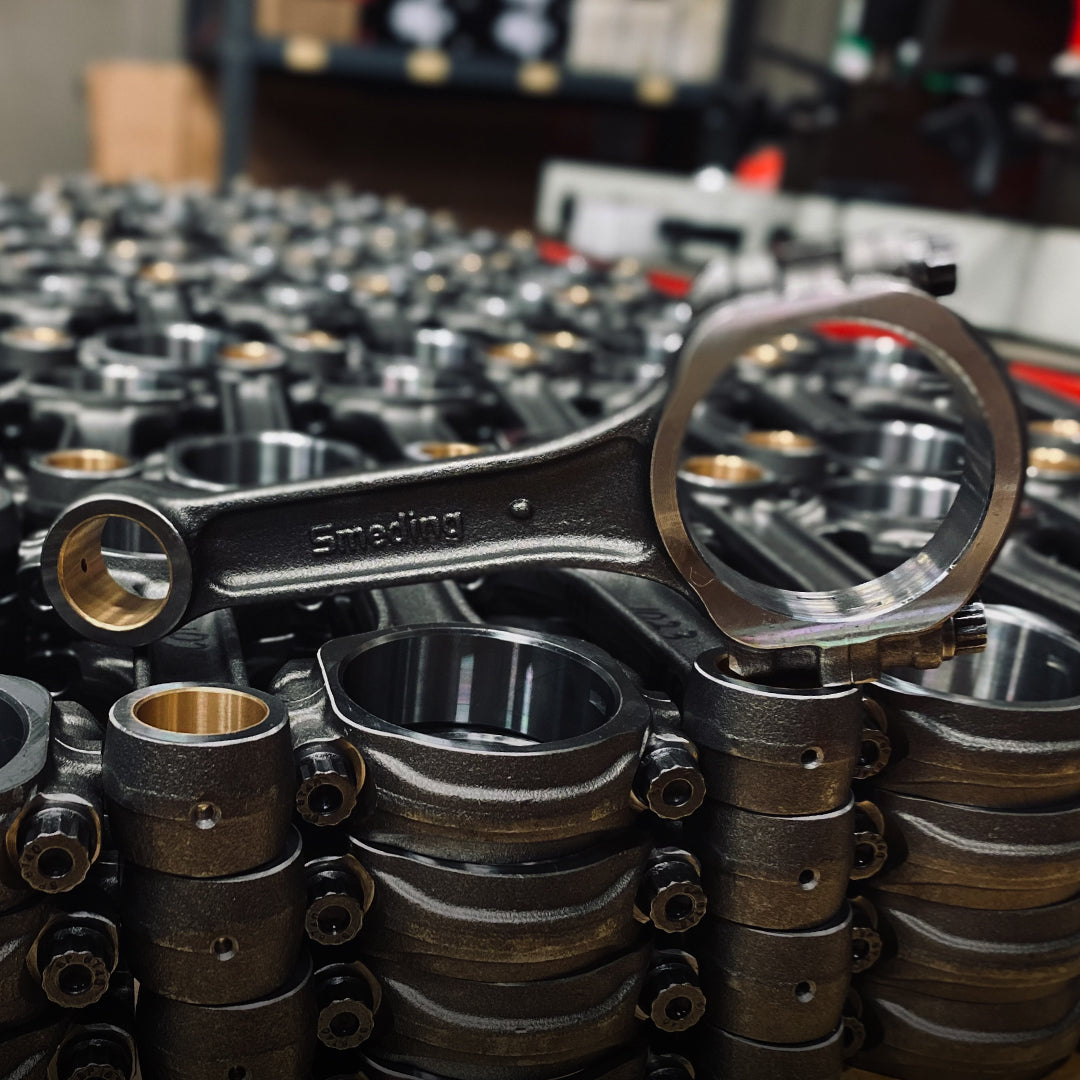
Sep 24 , 2024
High-Performance Materials in Engine Construction: A Comparative Analysis of 4340 Forged Steel and 300M Steel
The Significance of Material Selection in Engine Components
In the realm of high-performance engines, the choice of material plays a pivotal role in determining engine efficiency, longevity, and performance. While 4340 forged steel has been a traditional favorite for components like crankshafts and connecting rods, the advent of 300M steel presents new possibilities. Each material offers unique benefits, making them suited to different applications under extreme conditions.
Understanding 4340 Forged Steel
4340 forged steel, an alloy rich in nickel, chromium, and molybdenum, boasts considerable strength and durability. Its composition includes carbon (0.38% to 0.43%), nickel (1.65-2.00%), chromium (0.70-0.90%), and molybdenum (0.20-0.30%). Forging, which involves heating the steel to high temperatures and then forming it under pressure, enhances its grain structure and mechanical properties. This process makes 4340 steel ideal for high-stress applications in engines, providing superior strength, ductility, and fatigue resistance.
The Emerging Superiority of 300M Steel
Looking ahead, the introduction of 300M steel into our product lineup promises an even stronger option for engine components. Known for its outstanding toughness and high fatigue strength, 300M steel is an ultra-high strength alloy that can handle even more demanding applications than 4340 steel. This makes it particularly suitable for high-performance scenarios where reliability under extreme stress is crucial.
Comparing Benefits in Engine Applications
4340 forged steel has long been valued for its high strength-to-weight ratio, allowing for lighter crankshaft designs without compromising durability. Its excellent fatigue resistance means that these crankshafts can endure millions of cycles before failure. In contrast, 300M steel, with its superior strength and enhanced toughness, is poised to set new standards in performance and reliability, particularly for connecting rods which must withstand intense alternating stresses without deforming.
Real-World Applications and Performance
Both 4340 and 300M steels have proven their worth in demanding automotive applications. For instance, several high-end Ford crate engines employ 4340 steel for both crankshafts and connecting rods. However, with the upcoming release of new LS connecting rods made from 300M steel, we are set to offer our clients components that provide an even higher level of performance and safety.
Conclusion
While 4340 forged steel remains a robust and reliable choice for many high-performance engine parts, the introduction of 300M steel is set to redefine the benchmarks for strength and endurance in the automotive industry. By understanding the properties and advantages of both materials, engineers and manufacturers can make informed decisions that optimize the performance and longevity of their engines.
